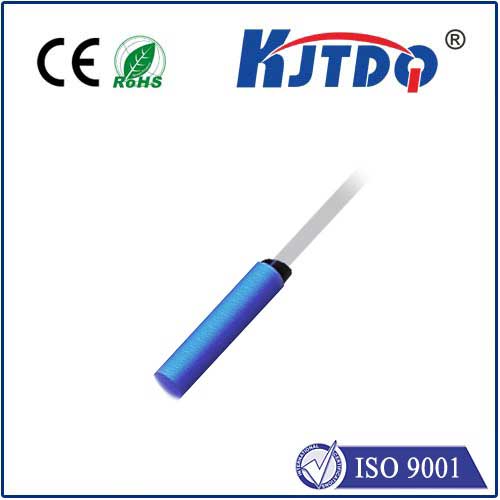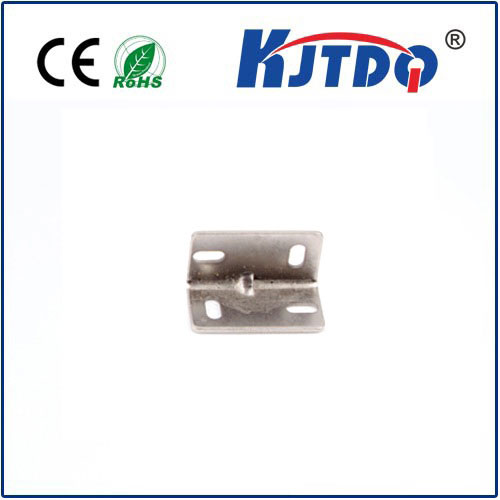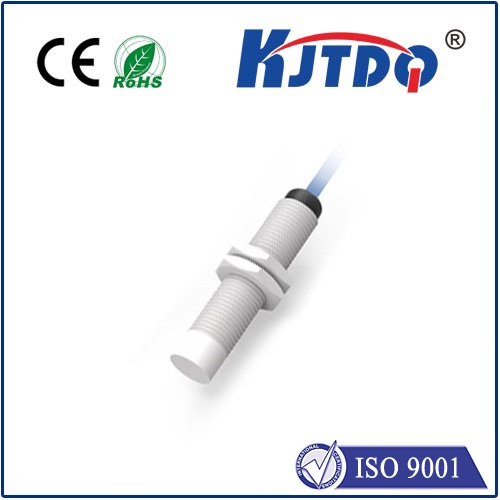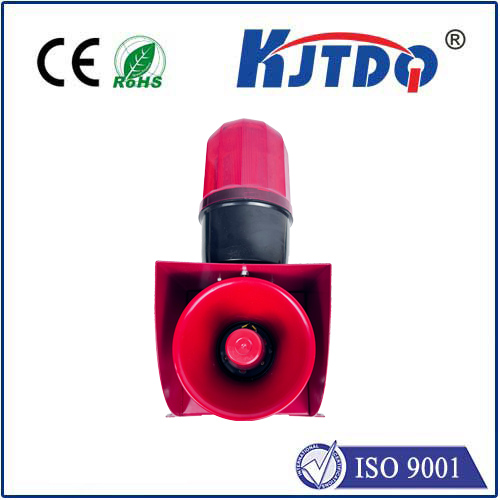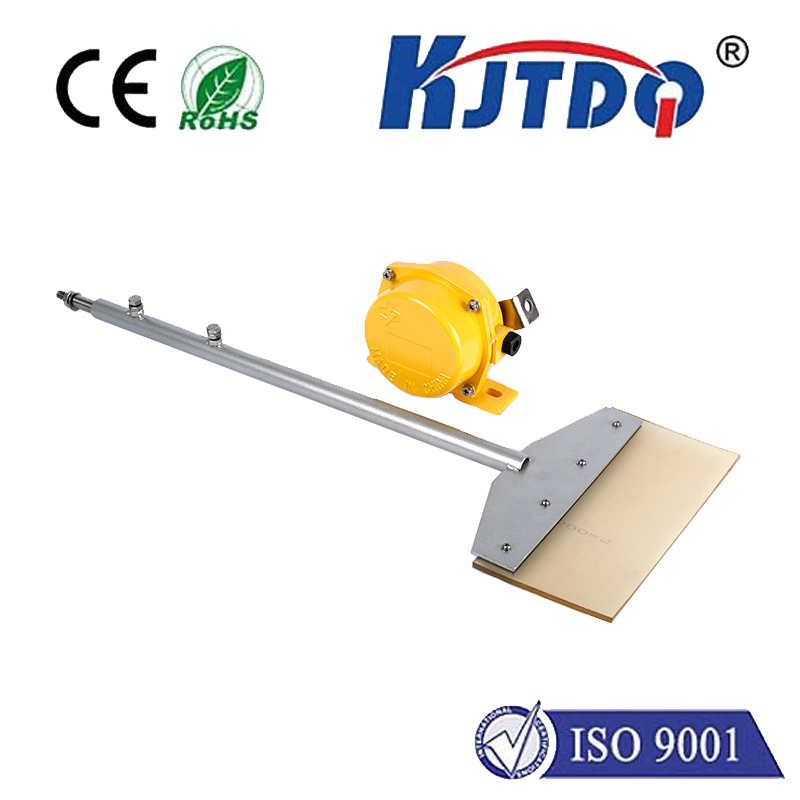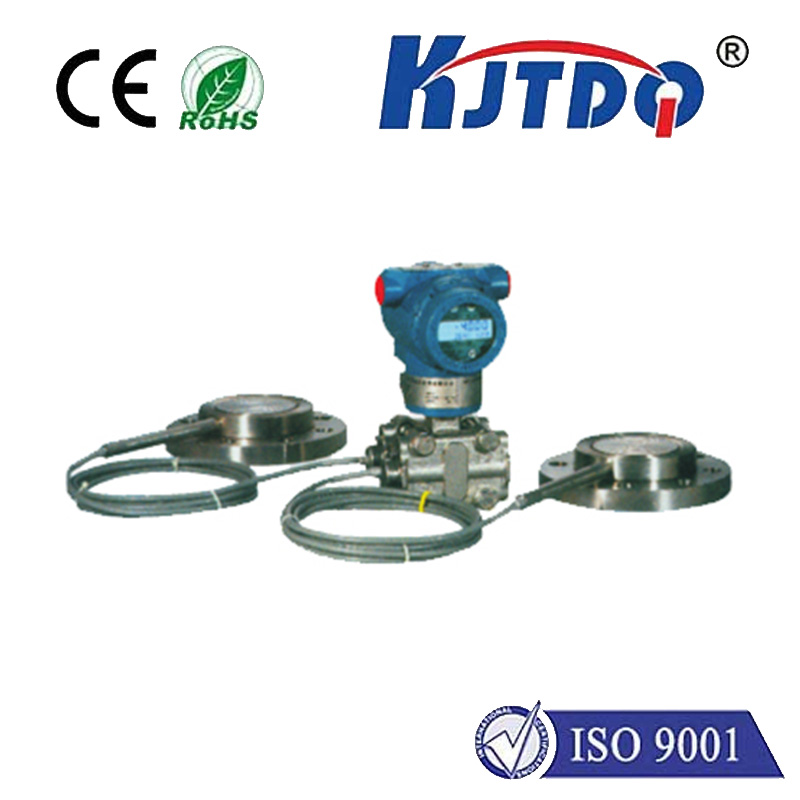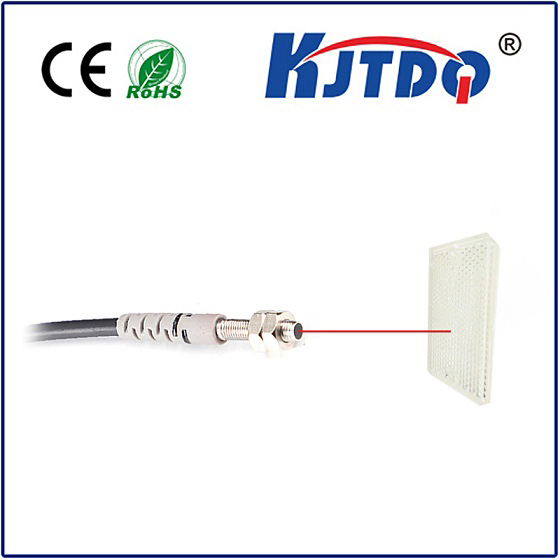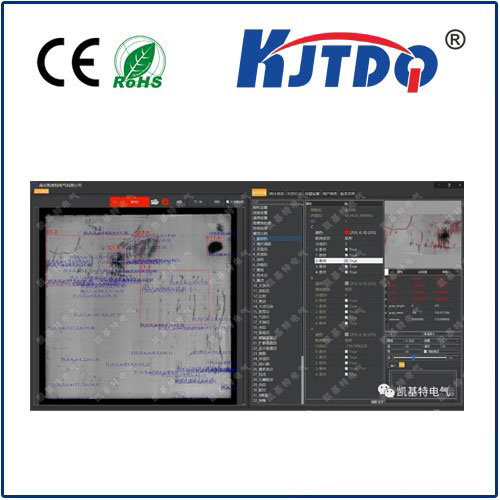
check

check

check

check
Title: The Significance of Spindle Limit Switches in Machinery Operations
In the world of machinery and industrial equipment, precision is key. One critical component that ensures this accuracy is the spindle limit switch. This device plays an essential role in monitoring and controlling machine operations, particularly in applications involving rotating spindles.
The spindle limit switch is designed to detect the presence or absence of a workpiece or tool within the machine. By doing so, it helps maintain proper alignment and prevents potential damage to both the machine and the material being processed. It acts as a safeguard, stopping the machine if the spindle reaches its predefined limits during operation.
These switches come in various types, including mechanical, magnetic, and optical models, each catering to different machine requirements and operational environments. For instance, mechanical switches use physical contact to detect positions, while magnetic switches rely on magnetic fields. Optical switches, on the other hand, employ light beams to sense changes without any physical contact.
When integrated into a CNC (Computer Numerical Control) system, the spindle limit switch can significantly enhance automation capabilities. It allows for seamless synchronization between the machine's movements and the control software, optimizing productivity and minimizing human intervention. This automation not only speeds up processes but also reduces errors and improves overall quality control.
Moreover, understanding the importance of spindle limit switches extends beyond their functional role. Proper maintenance and regular checks are vital to keep them functioning correctly. Faulty switches can lead to misalignments, collisions, and even accidents, which can cause costly downtime and repairs.
As technology evolves, so do the features of spindle limit switches. Advanced models now offer improved durability, faster response times, and enhanced compatibility with modern control systems. These enhancements further solidify their position as an indispensable component in the machinery ecosystem.
In conclusion, the spindle limit switch is a testament to how small components can have a significant impact on machinery performance and safety. Recognizing its value and ensuring its optimal function through regular maintenance will continue to be crucial for any industry dependent on precise machining processes. As we move forward into increasingly automated manufacturing landscapes, devices like the spindle limit switch will remain at the forefront of innovation and reliability.

